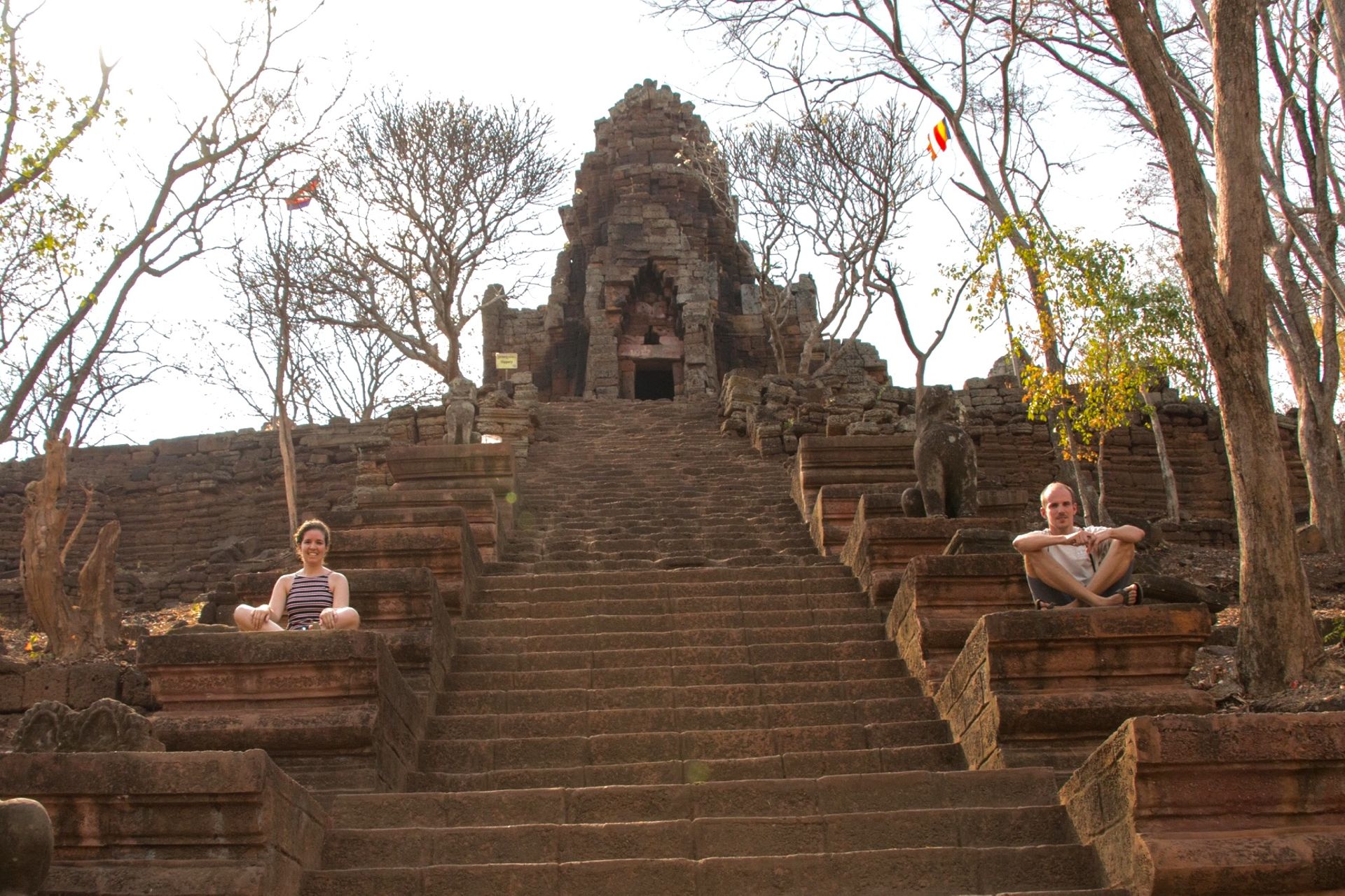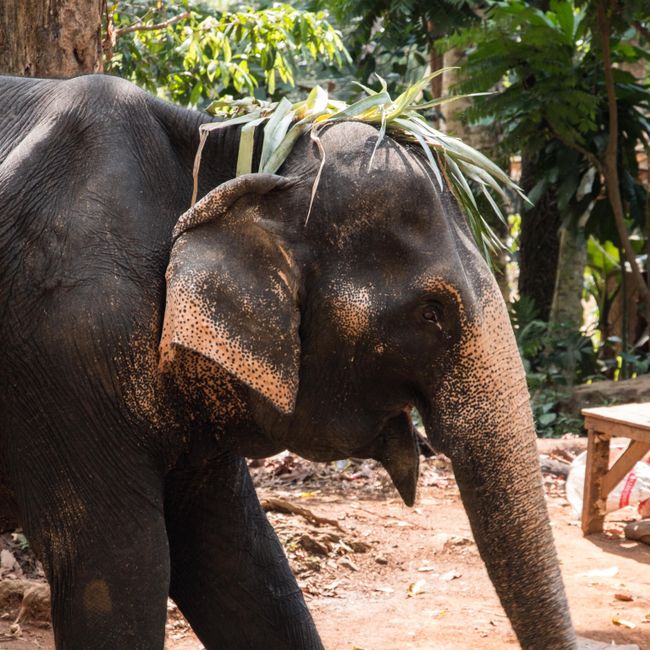So much to discover in BATTAMBANG
Birt: 26.02.2019
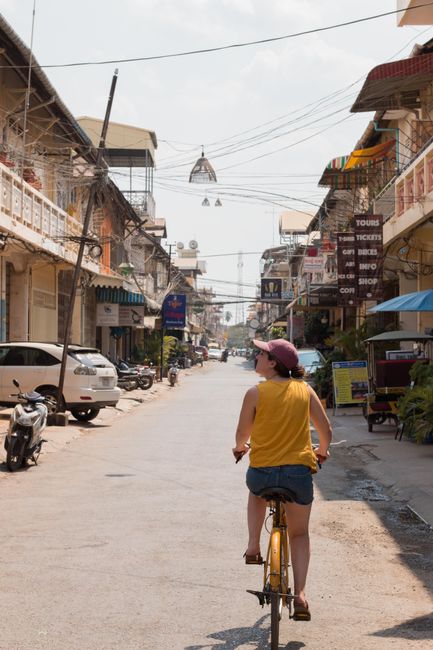
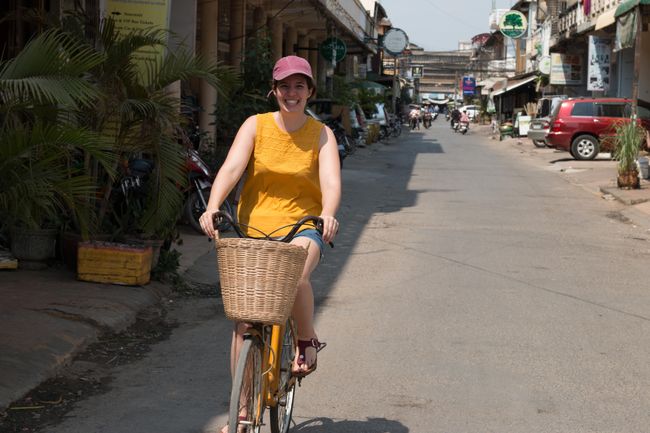
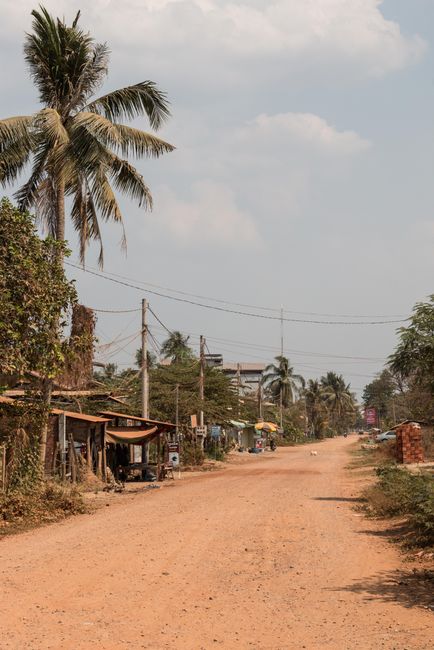
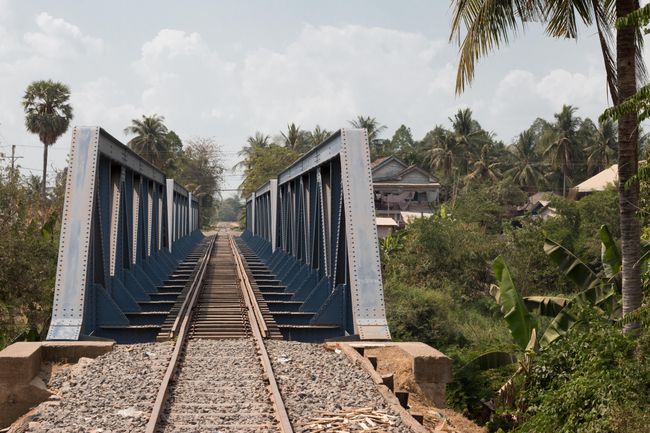
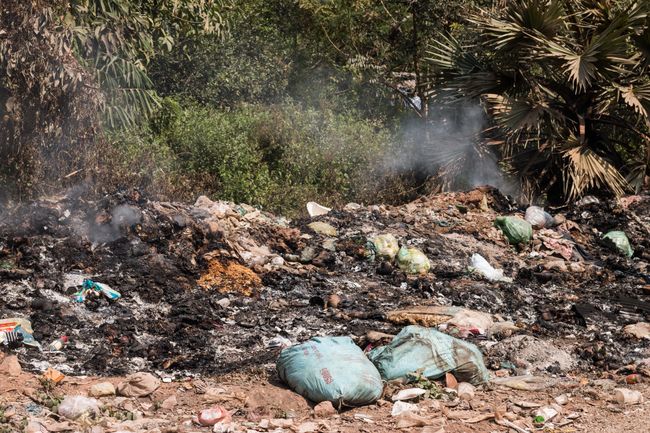
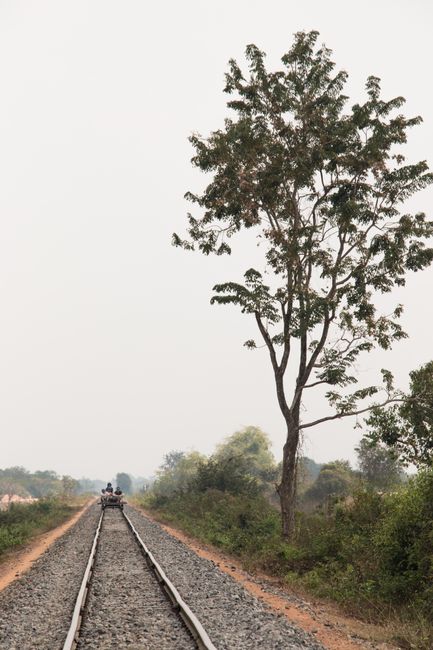
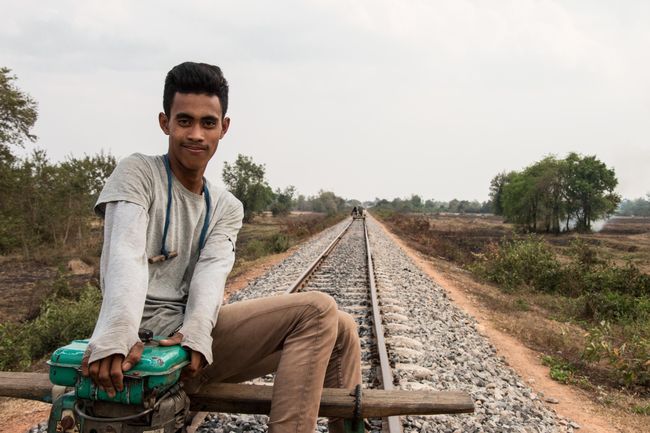
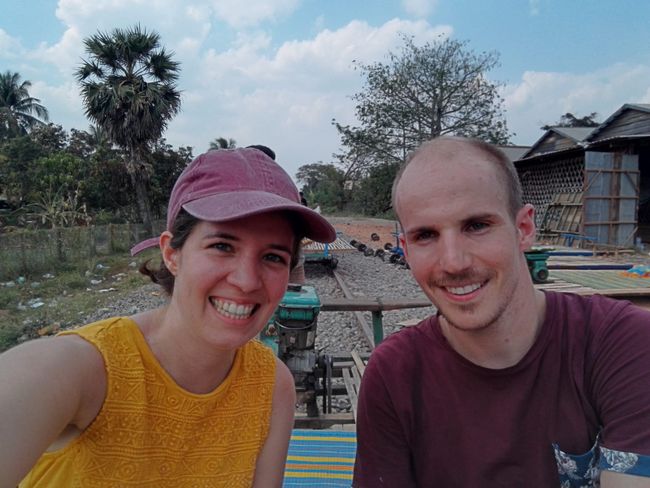
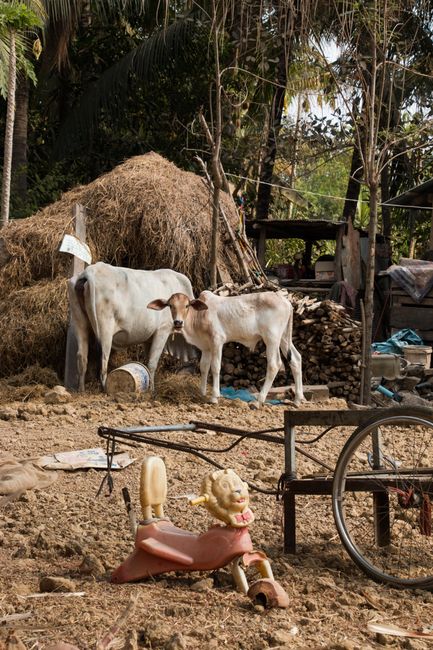
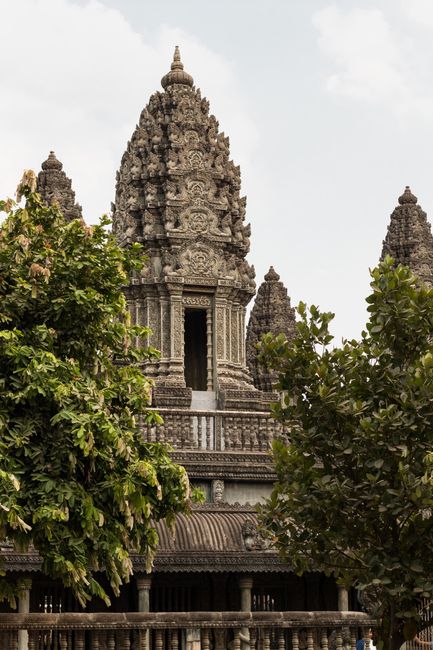
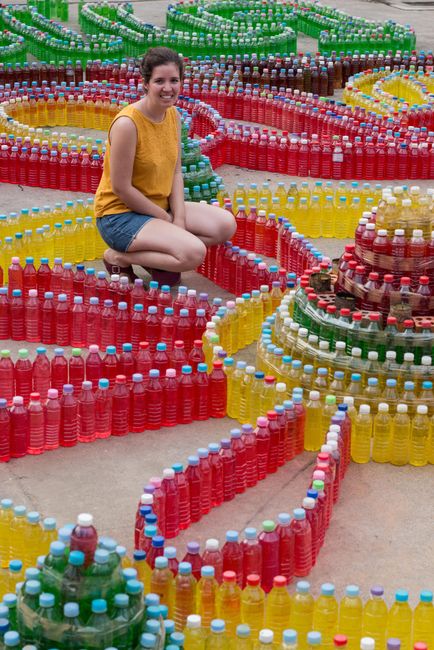
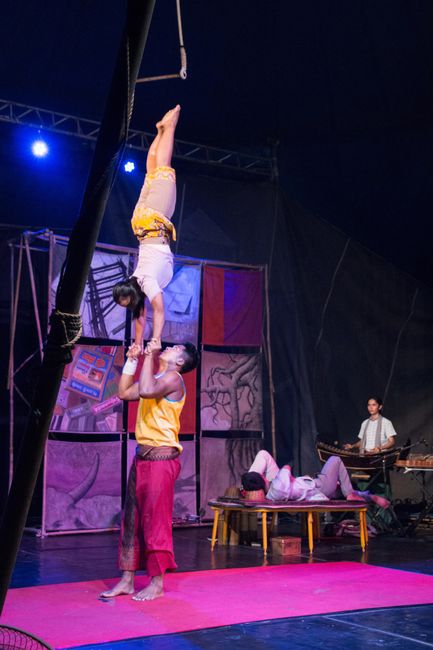
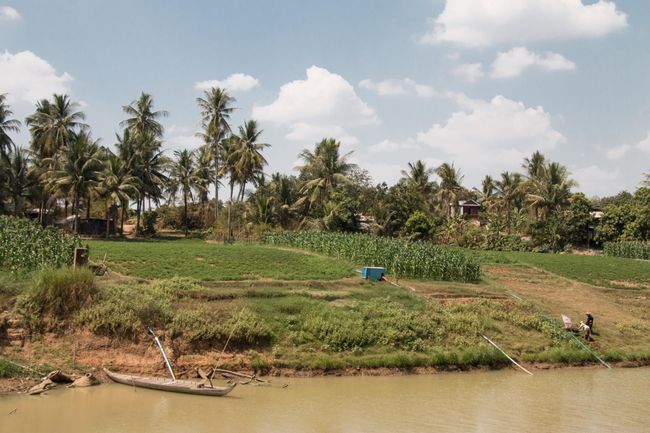
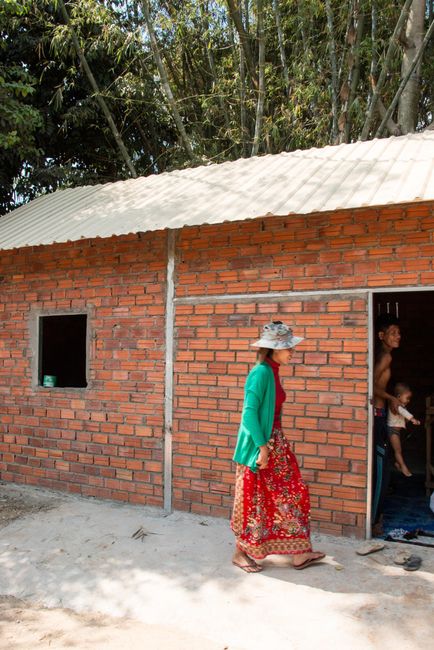
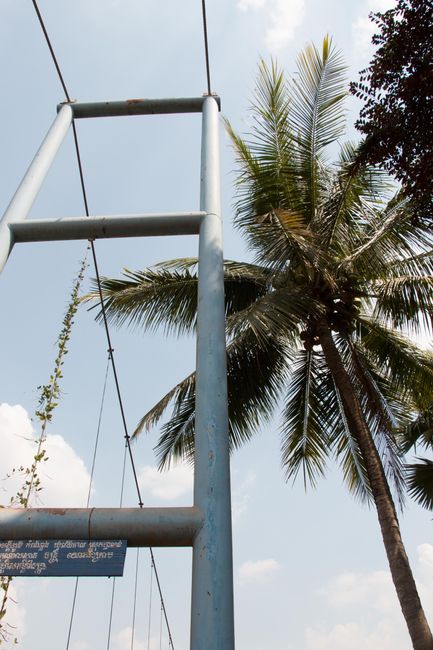
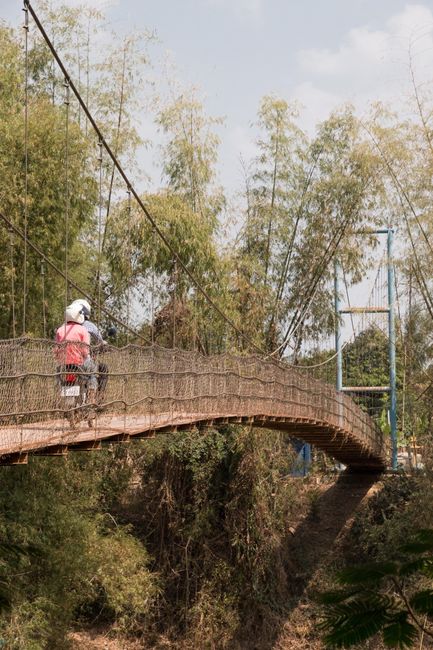
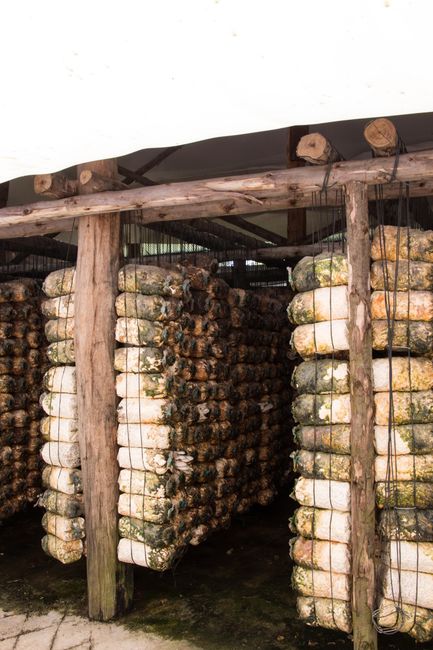

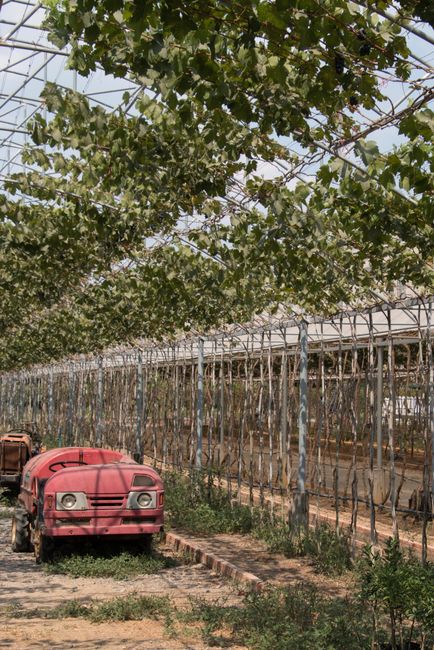
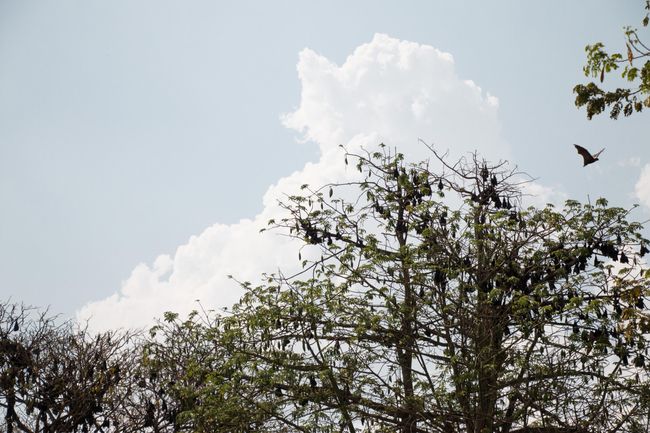
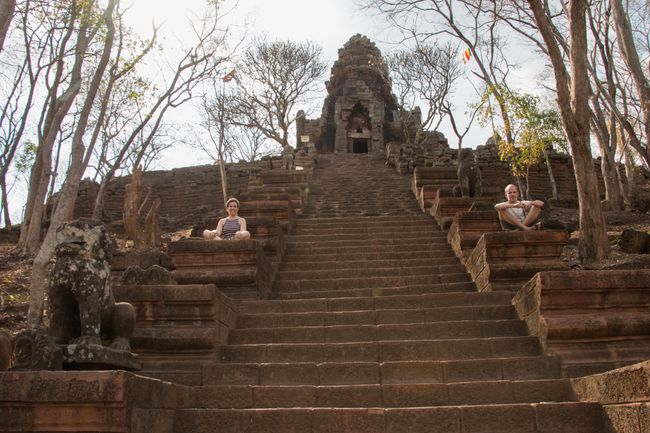
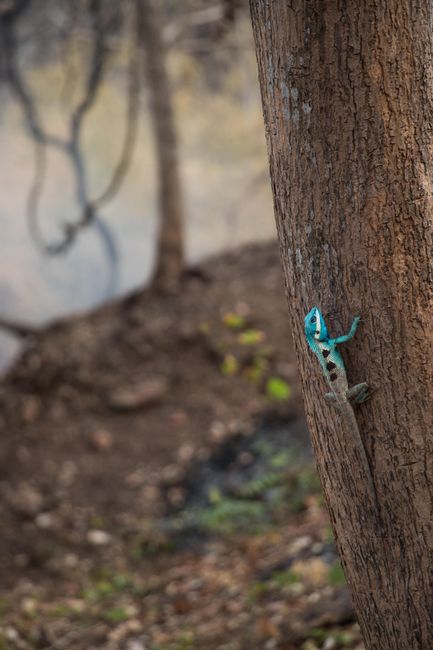
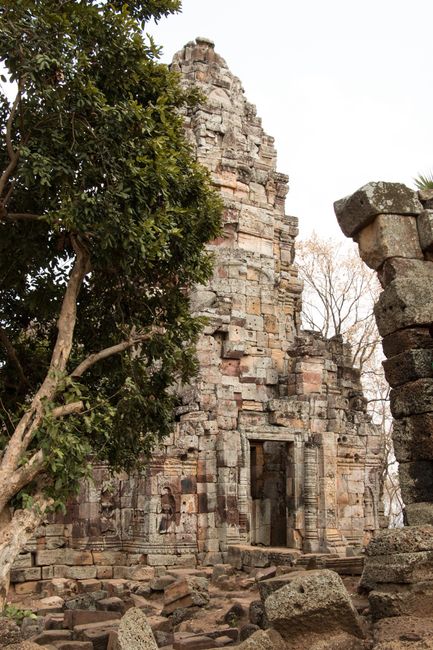
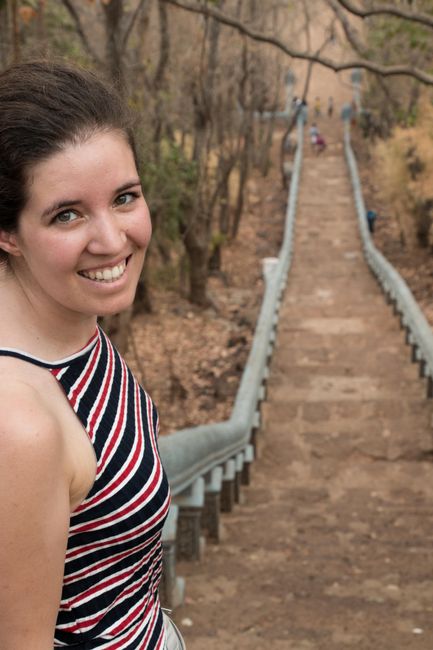
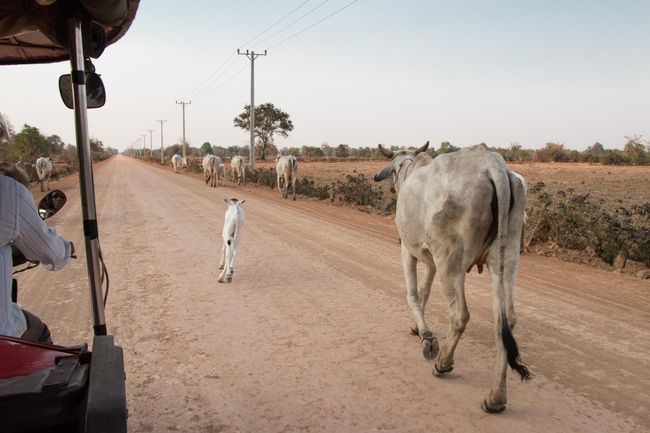
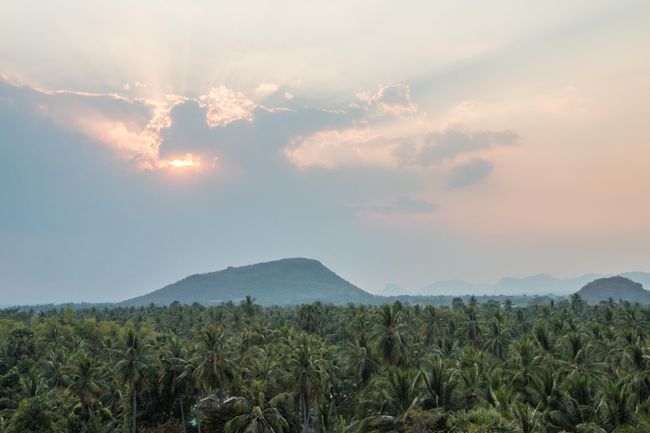
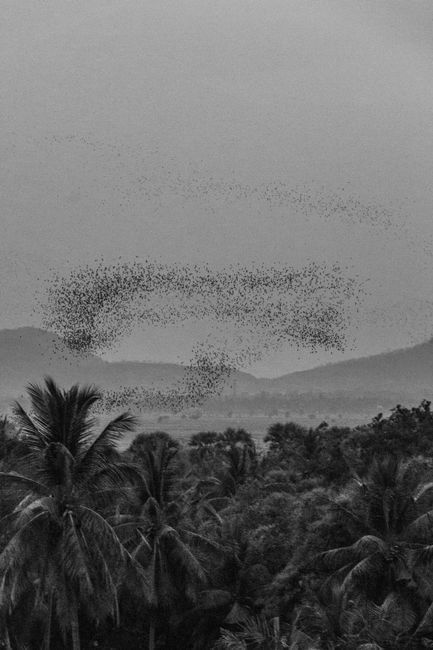
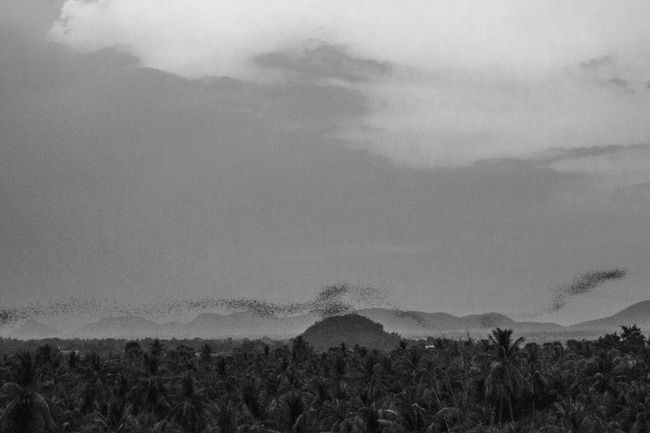
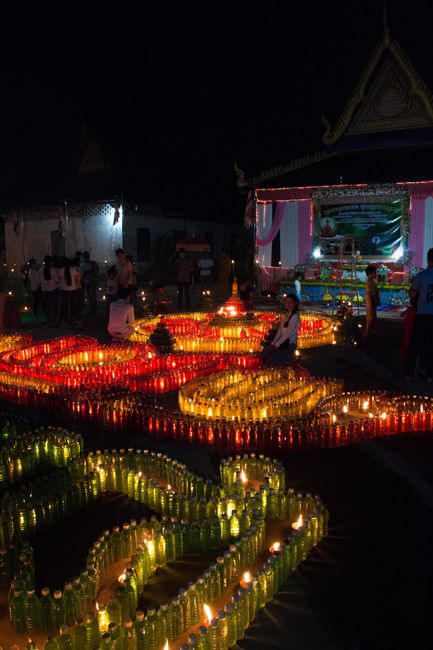
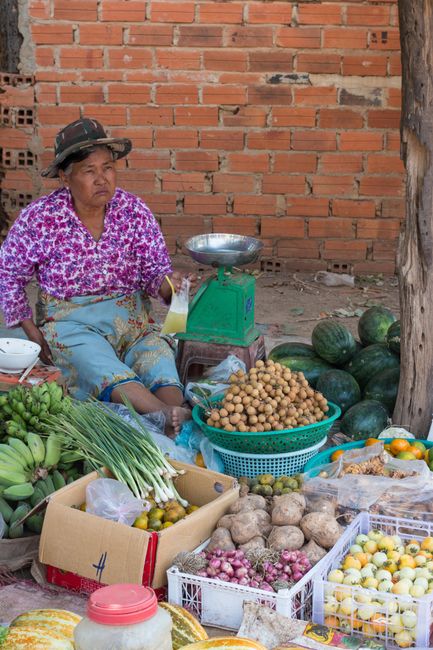
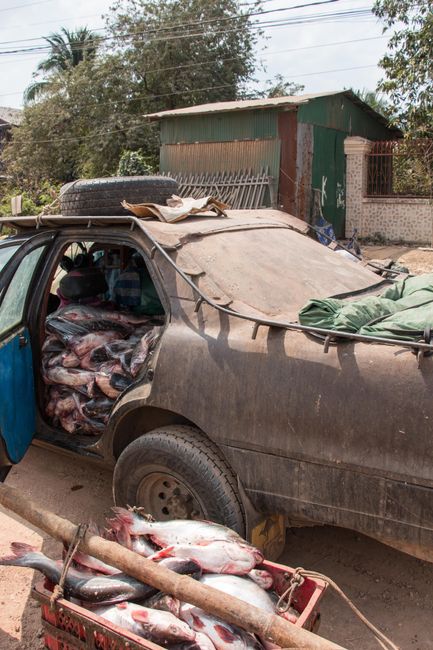
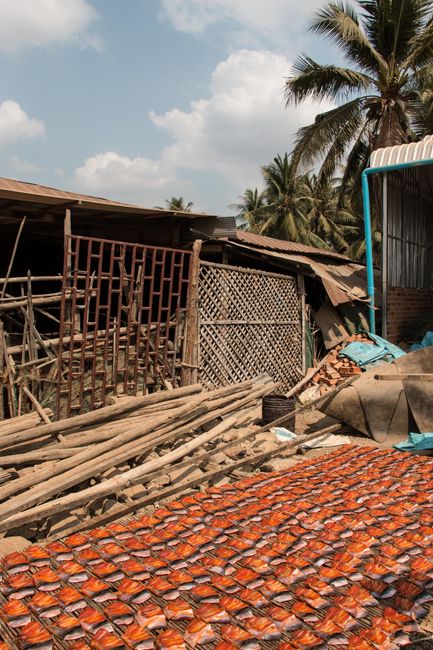
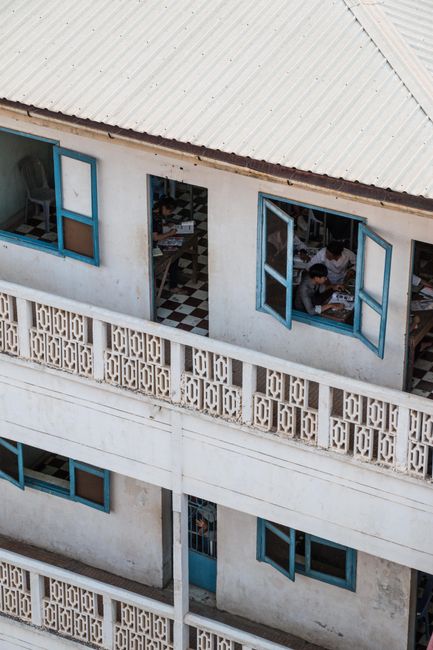
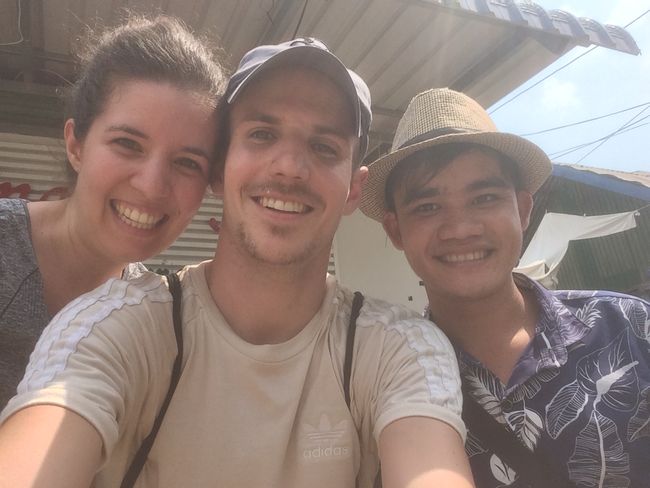
Gerast áskrifandi að fréttabréfi
We loved Battambang from the very beginning. It is not very touristy, you meet friendly locals and there is so much to see.
First, we enjoy the great view from the rooftop terrace of the hotel. The city is not huge, but it is wonderfully manageable.
The bamboo train turns out to be a funny tourist attraction. We ride on two trestles and a bamboo board for about fifteen minutes on a disused track. When we arrive at the other end, a horde of locals with their tourist stands awaits us.
During the ride, we see the vastness of the countryside and the diverse nature. Cows graze in the fields, and from time to time, we see small controlled fires. Later, we learn that they do this to prepare and fertilize their fields for the next planting.
We explore the city by bike and discover a bustling temple, Wat Kandal. There, a monk explains to us the holiday to honor the Buddha's birthday. In addition, two men who want to become monks are celebrated. It should be noted that they have many holidays here, including to honor the death of Buddha, the King's birthday, or other special events.
The next day, a huge festival takes place there. We also see some amazing light formations on the ground, created with colored-filled plastic bottles.
In Battambang, we visit a great circus, the Phare-Ponleu-Selpark Circus, which is run by a versatile art center for disadvantaged children. The show is fantastic and captivates us from the start.
We visit the Banan Temple using the usual public transport here, a tuk-tuk. We rented it for the whole day. It is more than 300 steps to climb up to the temple. At the top, we are rewarded with a great view and a beautiful temple complex.
40 years ago, during the Vietnam War, Cambodia was oppressed by the Khmer Rouge. They brought unrest to the whole country. They wanted to equalize everyone, but their rule resulted in great poverty. They killed a quarter of the entire population through forced labor and torture. Cambodia (the former Switzerland of Southeast Asia) is still a visibly poorer country for us compared to, for example, Thailand, and is still in the process of recovery from that time. You can watch an exciting film about this on Netflix: "The Long Walk to Hope".
The many memorial sites are striking and poignant reminders of this history. Sadly, you can still find the Killing Fields, where the bones of the dead are kept.
A very special place are the Bat Caves. Every morning and evening, a huge spectacle takes place there. We go there in the evening. Around sunset, all the bats move out of the giant cave and fly to a rock. This takes about an hour, so you can imagine the number. Millions of bats fly out of the cave and cross the field. In the morning, they fly back in. We sit on a hill and enjoy a wonderful view of the palm forest and the dry rice fields (as it is now the dry season).
We explore the city outskirts with a local guide on bikes. We visit a family that produces rice paper for spring rolls, and another family that slices and dries bananas. Both don't earn much from 100 pieces, sometimes less than 1 CHF.
We also see the production of Happy Water, a winery and distillery for stronger alcoholic beverages. Then we pass the Smellplace. As the name suggests, it stinks here, due to the production of fish paste and the drying of salmon. The latter is transported from Thailand in large quantities in a regular car. It's better not to drive it yourself.
Finally, we try the sticky rice. It is stored in bamboo sticks together with coconut milk, beans, sugar, and a little water, and is perfect for transport and as a snack.
After Battambang, we head to the Angkor Temples in Siem Reap.
Gerast áskrifandi að fréttabréfi
Svaraðu
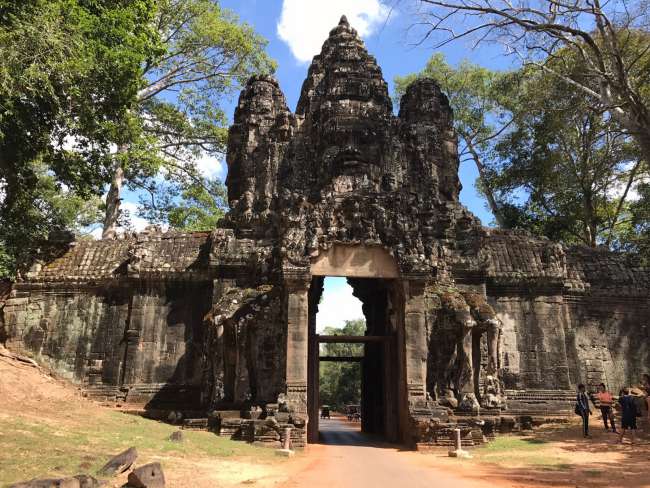
Ferðaskýrslur Kambódía
